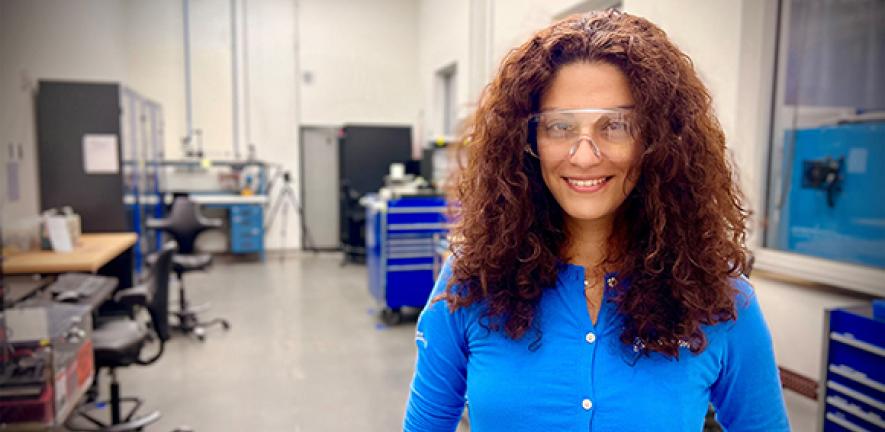
Senior executives and employees from research and technology teams at Boeing spent three days in Cambridge to celebrate 20 years of successful collaboration and to identify the next set of challenges they want to address.
Senior executives and employees from research and technology teams at Boeing spent three days in Cambridge to celebrate 20 years of successful collaboration and to identify the next set of challenges they want to address.
Over the last two decades, the two organisations have worked together on a wide range of topics such as transitioning the aviation sector to net zero, developing electric and hybrid-electric propulsion, making breakthroughs in materials and manufacturing technologies and managing airport disruption.
To recognise the success of the partnership, Todd Citron, Boeing’s Chief Technology Officer, and Pat Stokes, University of Cambridge Research Portfolio Lead for Boeing, presented Professors David Cardwell and Duncan McFarlane, and Philip Guildford, Chief Operating Officer of the Department of Engineering, with awards recognising their outstanding leadership and dedication supporting 20 years of collaborative research excellence.
As well as sharing ideas and reviewing a wide range of projects with University researchers, the Boeing and Cambridge teams toured the University’s Whittle Laboratory and Institute for Manufacturing.
Inspiring the next generation of aerospace engineers is also an important facet of the longstanding partnership. As part of the summit, Scott Walston, vice president of Boeing’s Enterprise and Technology Office talked to students about Boeing research and life as an engineer in the aviation sector.
"We are immensely proud of our 20-year partnership with the University of Cambridge, a collaboration that has exemplified the power of global research and development partnerships in driving aerospace innovation,” said Pat Stokes. “Together, we've tackled some of aviation’s biggest challenges, including finding ways to accelerate sustainable aviation. Our partnership underscores the importance of academia and industry working hand in hand to shape the future of aerospace and demonstrates how much we can achieve when we come together.”
Philip Guildford added, “The relationship works so well because the engineers and scientists from these two organisations are truly world-class and they get to talk with each other, be creative and work on innovative projects. Everyone gives their best to make aviation more efficient, sustainable and safe.”
Read more about the Cambridge-Boeing partnership.

The text in this work is licensed under a Creative Commons Attribution-NonCommercial-ShareAlike 4.0 International License. Images, including our videos, are Copyright ©University of Cambridge and licensors/contributors as identified. All rights reserved. We make our image and video content available in a number of ways – as here, on our main website under its Terms and conditions, and on a range of channels including social media that permit your use and sharing of our content under their respective Terms.




